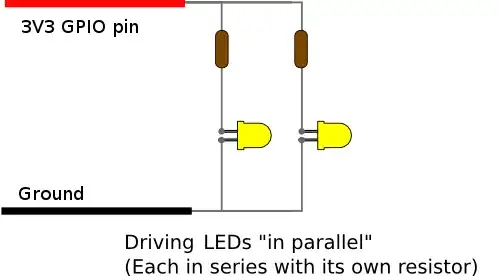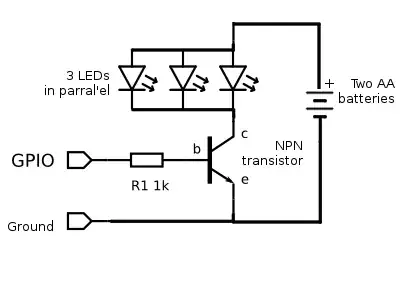I've got an Raspberry Pi and I want to control some LEDs. I've read that the maximum current at the GPIO pins should be less than 50mA. But each LED uses 20mA. Does that mean that even three LEDs are too much? Because 20+20+20=60, so its more than the allowed 50. Is that right or where's the mistake?
How many LEDs can I connect to my Pi without damaging it?

